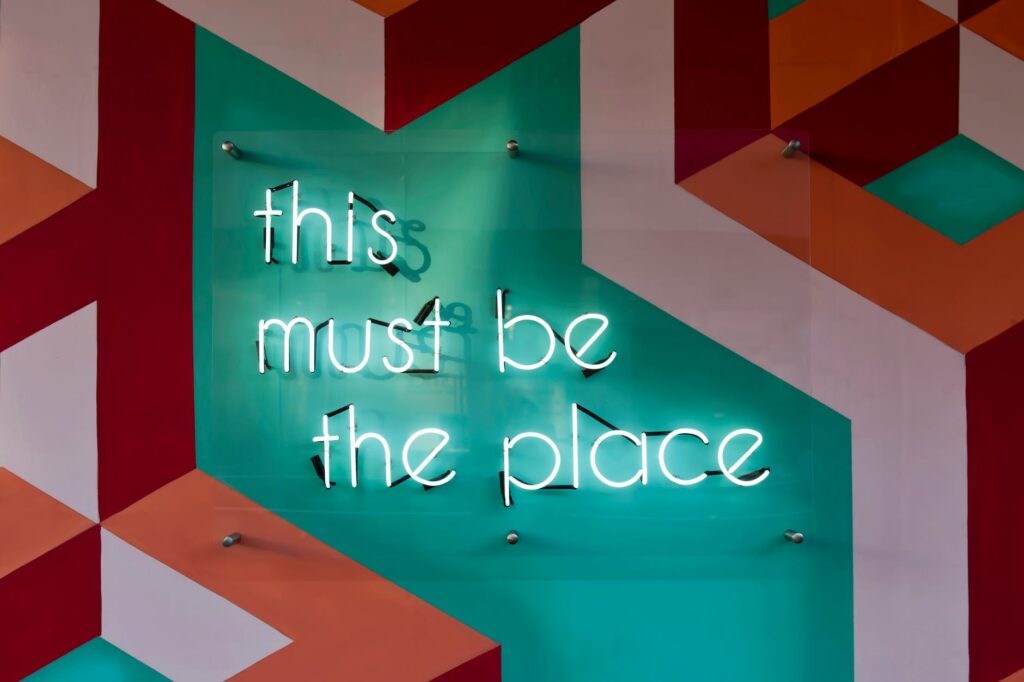Customer activity doesn’t stop after sundown, so why should your business marketing? Digital signage ensures that businesses attract the right kind of attention after hours. Offering loads more than traditional business signs, digital signage displays give companies a voice that speaks long after the doors close. A single LED billboard glowing in the dark can do what a locked store cannot — keep a brand alive and visible around the clock.
Entrepreneurs have started to see digital signage as more than advertising. It’s a living extension of the business itself. Restaurants use it to promote new menu items even after closing. Gyms share membership specials at midnight when commuters drive home. A retail shop can loop short, eye-catching videos that catch people’s attention from across the street. The message continues working long after staff have gone home, quietly selling and informing without pause.
The Round-the-Clock Brand
The world moves fast, and attention is scarce. Staying visible requires consistency and not necessarily in a noisy way. Digital signage, whether it’s a sleek indoor display or a bright LED billboard, gives businesses that persistence. It converts downtime into the opportunity to connect with customers, even while the actual business employees and owners are carrying on with their own personal pursuits after hours.
The Always-On Advantage
The idea is simple: Visibility never sleeps. Traditional signs stay still and fade into the background. Digital screens, however, move, change, and adapt. They pull attention through motion and light, turning an empty storefront into a 24-hour marketing stage. Even small screens in windows or entryways can display time-sensitive promotions, special hours, or upcoming events.
Dynamic Content That Works
The real power of digital signage lies in content control. Owners can update displays instantly from a laptop, tablet, or even a phone. A café can swap its breakfast ad for a dinner promotion by noon. A hotel can show live weather, flight updates, or local attractions to draw in travelers. Service companies can list emergency contact numbers and after-hours support info so customers always know how to reach them.
Making It Work for ROI
One of the strongest cases for digital signage is cost efficiency. Traditional printed materials require regular replacement. Digital content doesn’t. Once the screens are installed, updates are nearly free. The same display that promotes one event today can spotlight a new product tomorrow. This flexibility gives companies steady long-term value with minimal overhead.
Analytics also make the investment measurable. Modern systems can track viewer engagement, showing when displays capture the most attention or which messages perform best. That feedback helps businesses refine their content strategy, aligning messages with customer behavior. Over time, the data creates a cycle of improvement that boosts marketing precision.
Relevance Beyond Operating Hours
For many businesses, relevance fades once the lights go out. But digital signage changes that rule. It transforms a closed store into a silent conversation piece — a reminder that the brand still exists, still active, still serving. Even when foot traffic slows, impressions continue building. The screens work like steady ambassadors, keeping the company in public view while everything else goes quiet.
The same technology scales easily. What starts as one storefront display can grow into a network of synchronized screens across multiple locations, each running tailored content suited to its environment. For franchise owners or expanding entrepreneurs, this creates brand consistency that never sleeps.
When people see a glowing message at midnight, they remember it in the morning. That’s the quiet magic of 24/7 visibility: presence without pressure, communication without constant effort. For modern professionals and entrepreneurs, it’s not just smart marketing: It’s a simple, steady way to remain part of the conversation long after the workday ends.
Raelee Annett is the Senior Multimedia Designer at Genoptic Smart Displays, a tech company that produces advanced LED digital signage solutions integrated with cloud‑based software. She has over 15 years of experience as a creative director and brand strategist across various fields. At Genoptic, she focuses on creating visual content, managing multimedia assets and designing engaging graphics and animations for Genoptic’s smart display platforms
SOURCES
https://www.displays2go.com/Article/How-Digital-Signage-Brightness-Boosts-Business-248
https://adgraphics.us/led-signs-for-retail-storefront-business-visibility/

